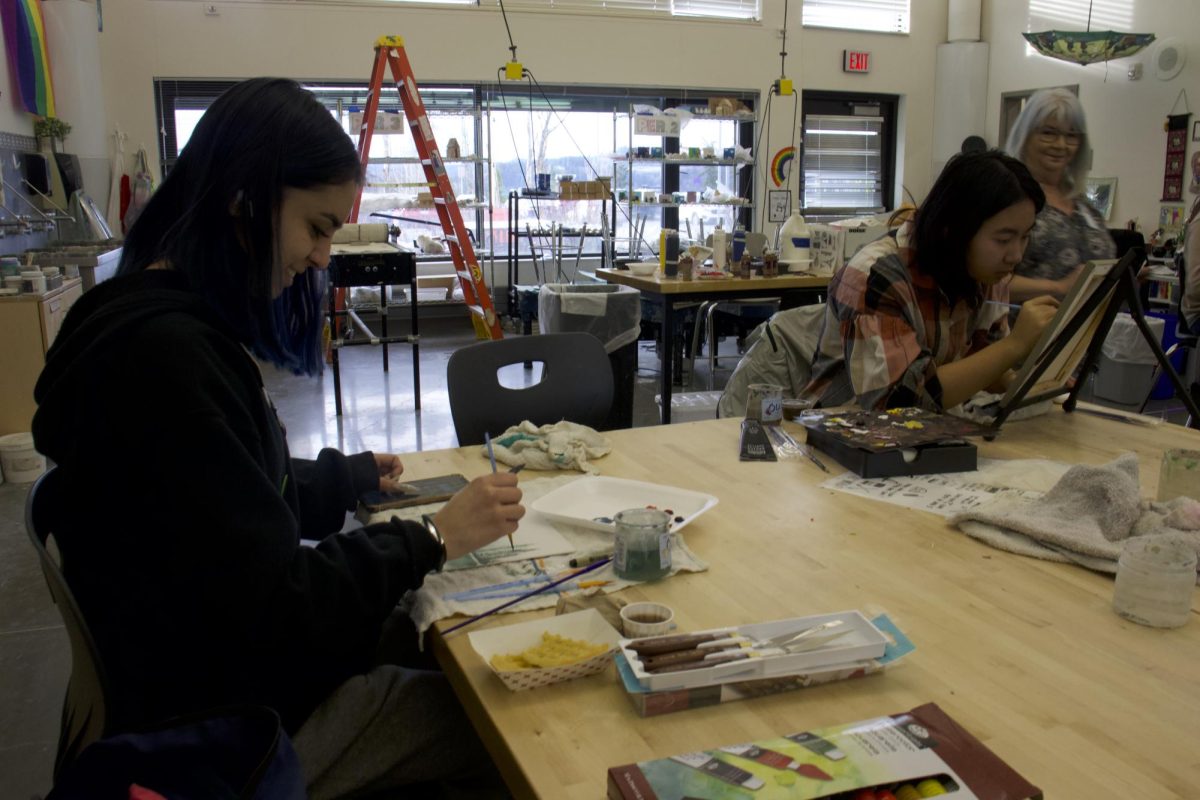According to the Torrance Test of Creative Thinking (TTCT), over the past 20 years in America, creativity rates have been declining steadily since the ’90s. So It is important- now more than ever- that we start offering more art. Beginning the minute a child can hold a lump of clay or a piece of chalk.
So what’s the problem? Most primary schools don’t have art teachers to begin with. Many elementary schools only incorporate art when they can incorporate it into the testing curriculum. They either can’t afford it or don’t think it’s worth spending money to open an art department. Since 88% of Americans THINK art should be taught in school, many just choose to believe it IS, but it is in many cases not, or hardly. The Wallace Foundation & Harvards Project 0 , researched and concluded that the # 1 thing art educators should do is teach students “ the capacity to think creatively & the capacity to make connections.” Many believe the problem with art education today is that it has been too heavily impacted by standardized testing “culture”, teaching things that are concrete and that can be used to assess or test students. Rather than developing learners to think like artists. Learners who are creative, and curious, develop ideas, learners who are less afraid to express themselves and have fun.
Students at Adrienne C. Nelson High School are lucky enough to have hands-on art in many different ways. Some being, Digital photography, Art 1 through AP, Graphic Design, Theater, Ceramics, as well as various instruments. Alissa Tran, Art teacher at Nelson High School says, “ “I strive to teach art to students AND teach students to think like artists. I think students want and deserve a comprehensive art education where they learn technical skills, but also have the opportunity to make creative choices based on critical thinking. If you are full of wonderful concepts, but lack the skills to communicate your ideas, that can be frustrating(for the artist and the viewer). If you are all technique but lack creativity and ingenuity, then the artwork becomes boring or uninspired. We practice skill building to become comfortable with the strengths and limitations of art media, explore possibilities with the tools we are using, build confidence in our abilities, and embrace mistakes as a part of learning. We research and gather background knowledge(historical and cultural exploration)to make connections, get inspired, and develop our voices. We formulate new and novel ways to create by asking and answering questions, developing a plan, and understanding the process. We apply this to our own artwork by making many artistic choices(elements and principles of design), seeking feedback, making adjustments, and doing the work. Finally, we reflect and critique to allow artists to explain and evaluate their process and continue to grow.”
Harvard Graduate School of Education spent two years documenting and researching the skills taught in a high-quality art education classroom. They include “observation and reflection, persistence, risk-taking, the idea that there can be multiple solutions to any given question, and envisioning”. We not just as artists, but as people use these skills in all concepts of our lives. Emily Workman of the Education Commission of the States cites that “people with creative thinking skills (developed through high-quality art education) are better communicators, they are great collaborators, and they can adapt to and respect both diverse ways of thinking”.
Empirical evidence has proven that Art is a necessity of humanity and creates better people. If we push to teach art, starting from kindergarten, we will have a more creative community. Skills taught through art are skills that every single student, no matter what they plan on doing after high school, should have the opportunity to learn and feel more prepared for life.

